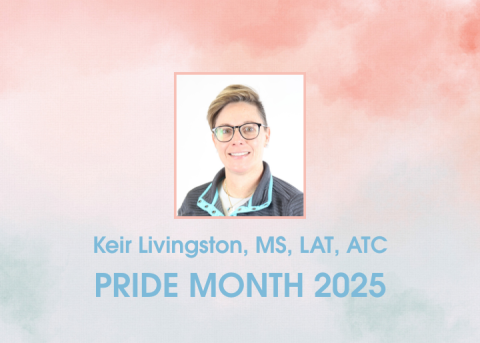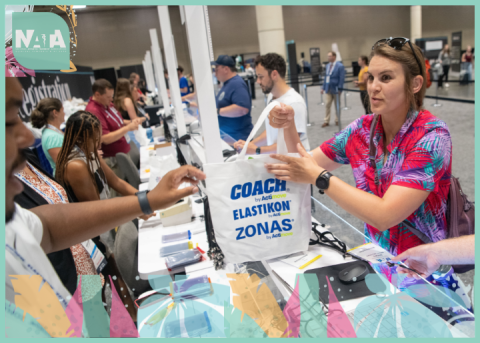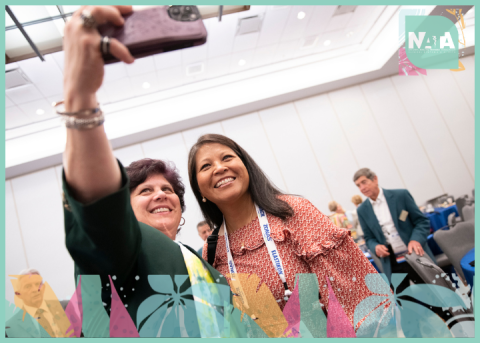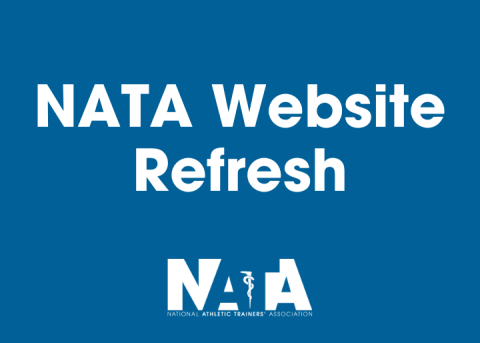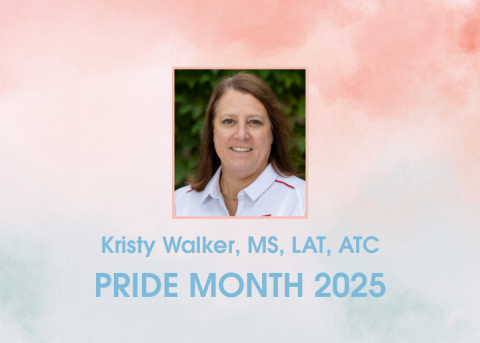
Editor’s note: The Strategic Alliance’s Athletic Training Research Agenda Task Force is highlighting clinical members who have been recognized by one of their colleagues in athletic training as a Clinical Scholar Champion for their efforts in collecting point of care research. This blog series will celebrate clinical scholars in order to illustrate how research is being used in the clinical practice.
Mike Dolan, MA, ATC, CSCS, is the co-director of the sports and exercise health care program at Canisius College in New York as well as a professor in the department of sports medicine, health and human performance and director of the Sports Medicine Research Laboratory at the college. Dolan has been a certified athletic trainer since 1982 and certified strength and conditioning specialist since 1992. Dolan is a clinical scholar champion because he focuses his research on an overlooked domain of athletic training: immediate care of sprains and strains.
Tell us how you got started with integrating research with your clinical practice.
I became interested in just observing day-to-day clinical practices that athletic trainers used to manage injuries. In particular, I was interested in the immediate care of sprains and strains as I thought it was one domain of athletic training that had been essentially ignored by athletic trainers and other health care researchers and was one facet of patient care that made athletic trainers unique from all other health care providers. The more I observed and began reading, it became apparent that clinical practices, such as application of cryotherapy, compression and electrical stimulation, had minimal, if any, evidence to support these daily clinical practices.
How can your findings be used to guide athletic training medical practice?
In acute management of musculoskeletal care, I believe our basic science work supports the idea of extended treatment times during the acute phase of injury. For example, a 20-minute application of cryotherapy is probably not sufficient for an acute injury or deep structures covered by significant muscle mass, such as the hip joint.
What is the No. 1 advice you would give to another clinician interested in getting involved in a research study?
Start slow; don’t try and run a large-scale trial for your first project. Find something you are interested in and perform a simple study to see if you enjoy the process. Don’t let setbacks ruin your experience. For me, the setbacks were common, but I found it challenging to solve problems that would improve the project and provide data to answer the questions we were asking.
There is concern that such integration of research with clinical practice may be too time consuming. What have you found helps you manage your time?
I believe that the use of technology can streamline the time commitment to collecting patient-oriented data. Even simple things, such as collecting data on your smartphones or using shared software applications, would have saved a lot of time in the past. No doubt that it takes time out of your day, but the alternative is doing things that may not be effective or even deleterious.
What are the other major barriers to collecting data at the point of care? What strategies did you employ to address these barriers?
The major barrier is time. Clinical athletic trainers are busy people. I was fortunate to work at an institution that supported undergraduate research. Having two to three motivated students allowed me to develop a line of research I could not have done myself. We tried to design studies in which the data could be collected in just a few minutes and were always sensitive to the time constraints of the athletic trainers who collected our data.

